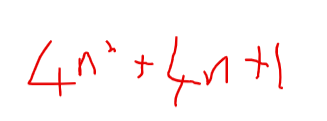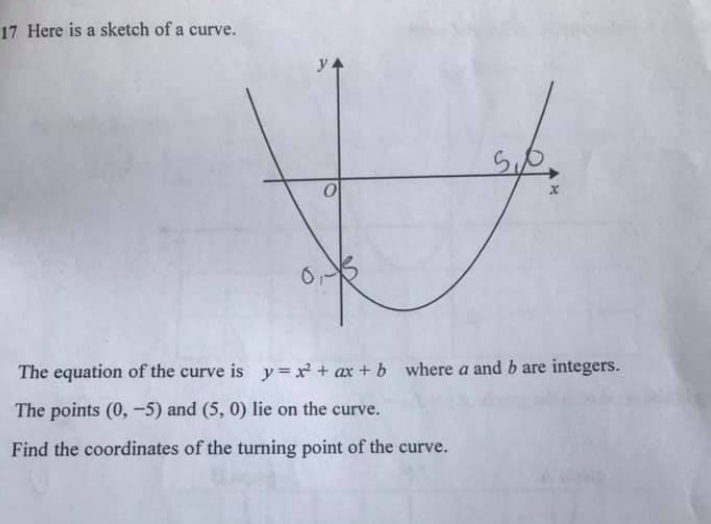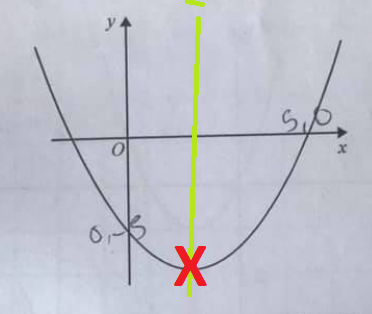Interesting patterns can be found if we look at the sizes of the angles in polygons. I am referring specifically to regular polygons.
What makes a Polygon regular?
A regular polygon is any shape where all the sides are
the same length. Some of these shapes we might not immediately recognise as a ‘regular polygon’ because we have another name for the shape – Square and Triangle – specifically an ‘equilateral triangle’
In this post we are going to look at how big each angle is in each shape.
What do we know about angles in Polygons?
We know that angles in a triangle add up to 180° – That is something we learn – and that a square is made up of four right angles – 4 x 90° = 360°
The next polygons are the pentagon, hexagon, heptagon and octagon. And so with these we can continue our research into the angles in Polygons
The hexagon is probably the most familiar of these words, the pentagon is perhaps most famous for the US department of defence. The other two words might be new to you (though where I was at university the Octagon was the main conference building – it was where I graduated!)
The sums of the angles in these shapes are 540°, 720°, 900° and 1080°.
You might see a pattern there – each number goes up by 180°.
We can turn this into a formula where S is the number of sides of the polygon
Total of Angles = (S – 2 ) x 180.
From this we can work out the size of each angle in a regular polygon. Because the sides are equal, so are all the angles.
Each angle is 180(S-2)/S.
In this post I have been looking at the ‘Internal Angles’. Actually, its easier to show that these formulas work if we consider the external angles. What are they, you might wonder?
Well that will be the subject of the next post!
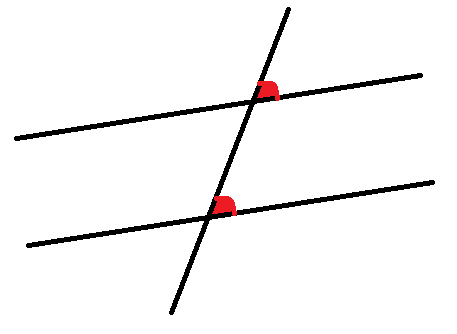
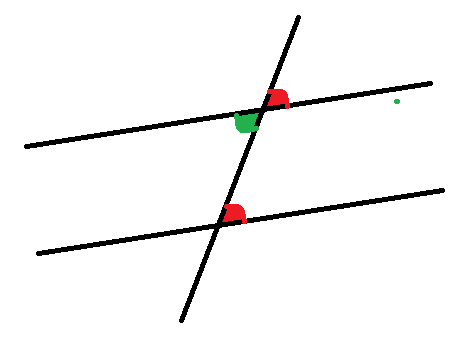 Now look at this diagram.
Now look at this diagram.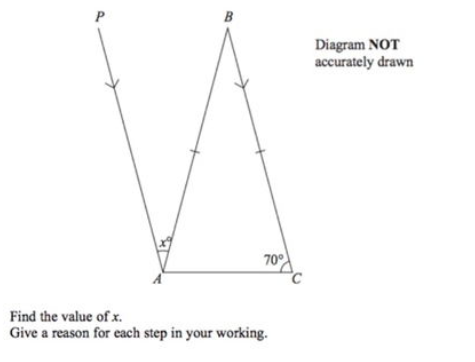



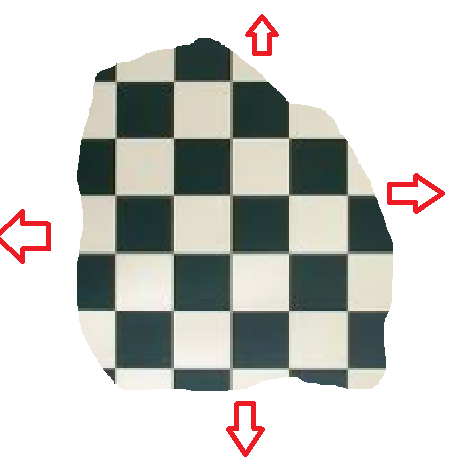
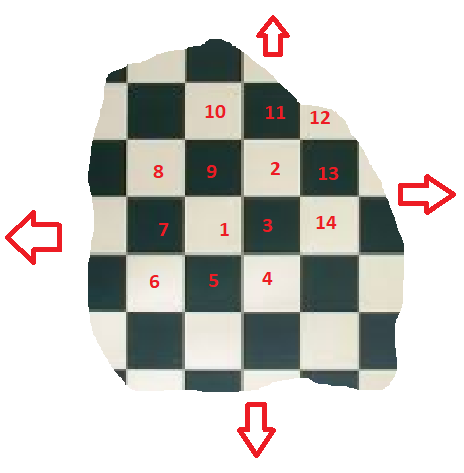
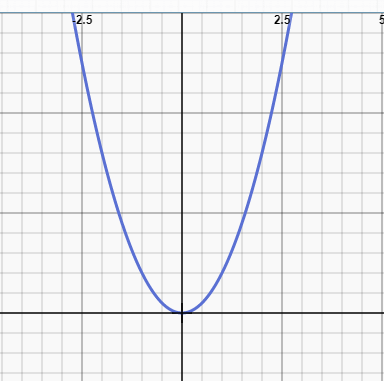

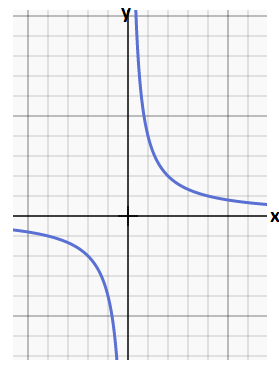
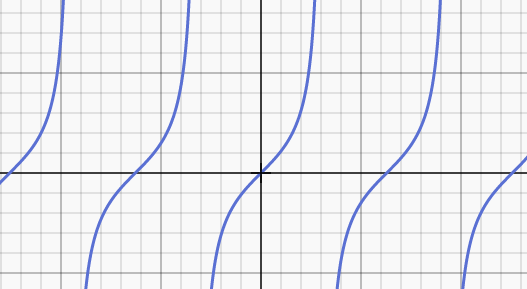

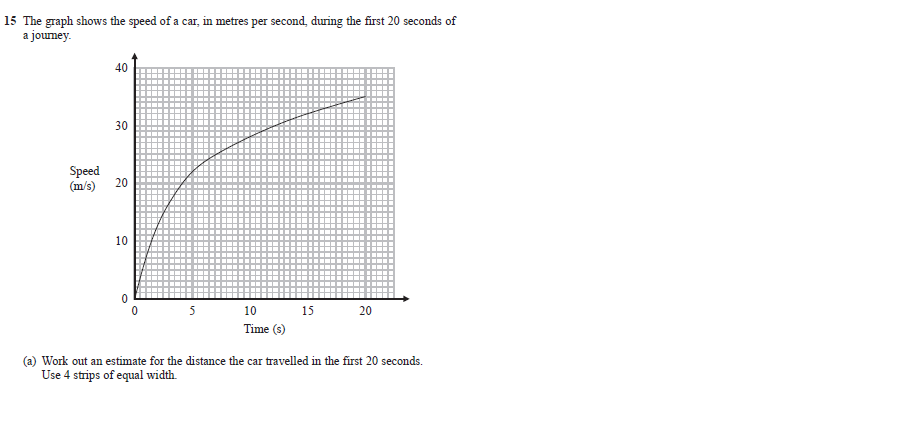
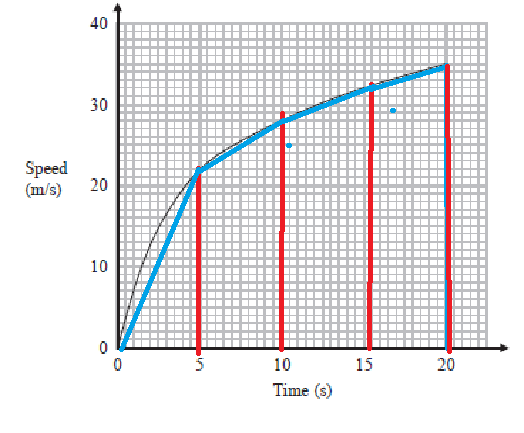 We divide up like this.
We divide up like this.